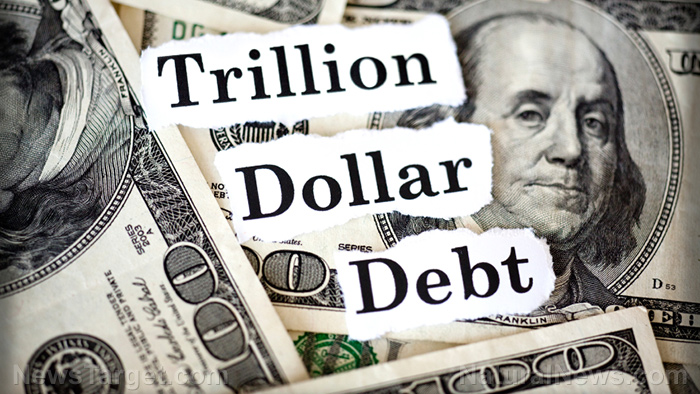
- The average 30-year fixed mortgage rate fell to 6.67 percent as of Aug. 8, the lowest level since March, following weak U.S. job market data that increased expectations of a Fed rate cut.
- Refinance applications spiked 23 percent, the largest jump since April, as homeowners moved quickly to lock in lower rates. Refinance activity made up 46.5 percent of all mortgage applications, with an average loan size of $366,400.
- Total mortgage applications rose 11 percent week-over-week, driven largely by refinances. Purchase activity increased only slightly (1.4 percent), as high home prices and economic uncertainty kept many buyers on the sidelines.
- Interest in adjustable-rate mortgages jumped 25 percent, and the average ARM rate dropped sharply to 5.8 percent. FHA-backed loans and 15-year fixed mortgages also saw notable rate declines, while jumbo loan rates rose slightly.
- Economists, including Redfin's Chen Zhao, warn that the current dip in rates may be short-lived. With more key economic data on the horizon, rate volatility is expected to continue, making now a critical window for borrowers to act.
Relief for borrowers may be short-lived, economists warn
Despite the optimism sparked by the recent decline in mortgage rates, economists warn that the relief for borrowers may be short-lived. "Serious homebuyers should consider taking this window of opportunity to act fast and lock in a mortgage rate at the lowest level we've seen since last October," Chen Zhao, head of economics research at Redfin, wrote in a blog post. " The developments come amid talk of the Federal Reserve cutting interest rates in September, with CHen adding: "The market's anticipation of that cut has already pushed mortgage rates down, and there's no guarantee they'll fall further. There's a chance mortgage rates could fluctuate when more economic data is released in the coming weeks." According to Redfin, while lower rates may offer temporary relief to borrowers, particularly those looking to refinance or buy before rates potentially climb again, the broader housing market remains tight. As of Aug. 3, the median sale price of a home in the U.S. was $397,000, up about two percent compared to the same time in 2024. For a buyer locking in a 30-year fixed mortgage at a rate of 6.72 percent, the monthly mortgage payment on a median-priced home would be around $2,700. That figure does not include property taxes, insurance or other housing costs, which could push the monthly total even higher. Learn more about the state of the American economy at MarketCrash.news. Watch financial expert Gregory Mannarino discuss the impending collapse of the real estate market. This video is from the channel What Is Happening on Brighteon.com.More related stories:
U.S. mortgage rate surges to highest level in over two decades.
Interest rate for 30-year fixed mortgage rises to 8.45% – the highest it has been since 2000.
Sources include: MarketWatch.com Redfin.com Brighteon.comU.S. remittances to Mexico reach 13-year low amid Trump’s immigration crackdown
By Willow Tohi // Share
CBO estimates Trump tariffs could cut U.S. deficit by $4 trillion over a decade
By Willow Tohi // Share
Brussels-Washington trade deal grinds to halt amid clash over digital CENSORSHIP laws
By Belle Carter // Share
German economy in turmoil as bankruptcies and unemployment hit 10-year highs
By Laura Harris // Share
The New Right’s march: How Ukraine’s endgame could shatter Europe’s Centrist order
By Willow Tohi // Share
Health Ranger Report: Jeremy Cordon on how Goldbacks revolutionize the concept of money
By Kevin Hughes // Share
A viral video ignites federal firestorm over Minnesota fraud
By willowt // Share
Russia activates "unstoppable" Poseidon tsunami drone
By kevinhughes // Share
Russian FM Lavrov: Moscow will back China on Taiwan issue
By ramontomeydw // Share
The breakfast clock: Why timing your morning meal is a secret weapon against high cholesterol
By jacobthomas // Share
The Health Ranger's New Year Revolution: The ultimate guide to health, wealth and freedom
By kevinhughes // Share
"Absolute Healing" on BrightU: Experts explore COVID-19 as an engineered bioweapon
By jacobthomas // Share











